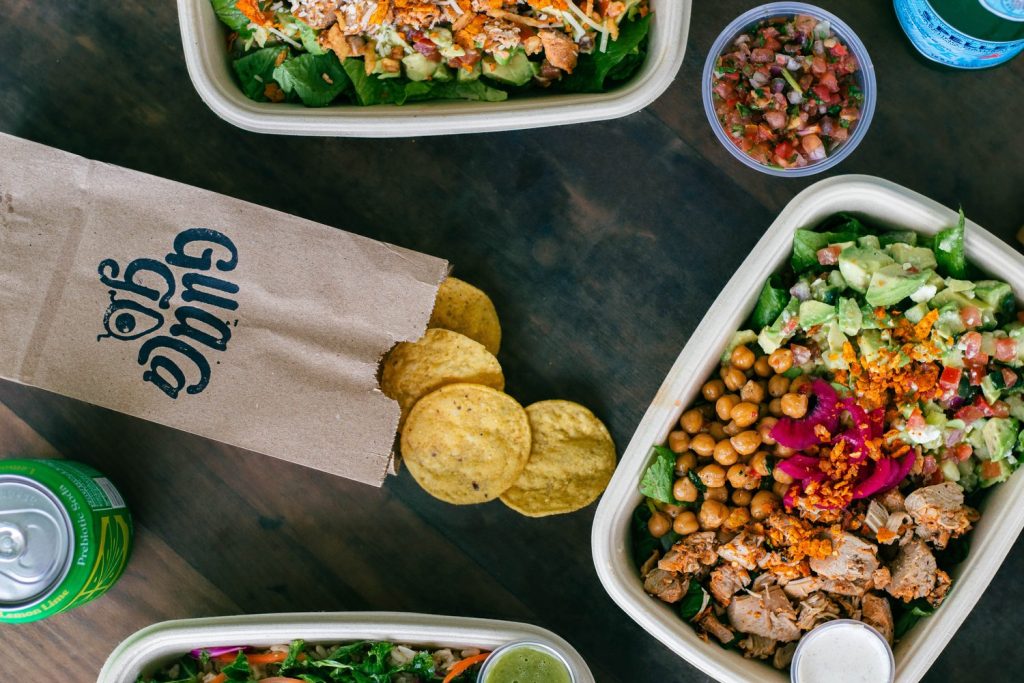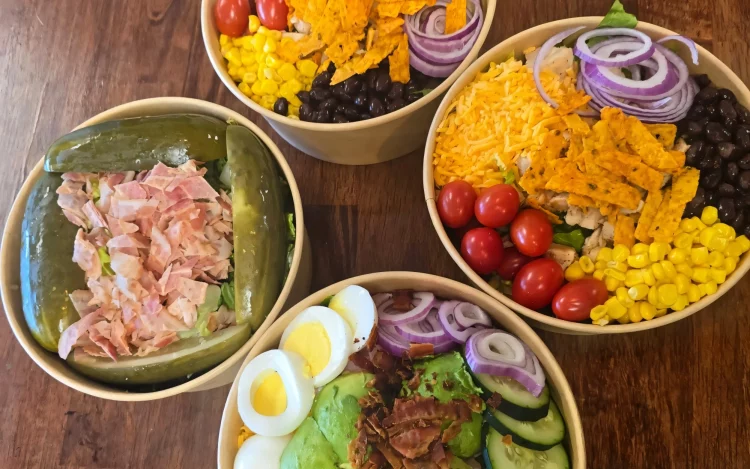In today’s fast-paced world, staying socially active often goes hand-in-hand with dining out. From birthday brunches to work happy hours and spontaneous Friday night dinners, food-centered social gatherings are ingrained in our lifestyles. While these outings foster connection and joy, they can also pose a subtle threat to your health—especially when they replace home-cooked, nutrient-rich meals. What many don’t realize is that frequent dining out may slowly deplete your body of essential nutrients, even if you’re not overeating or visibly gaining weight. Could your vibrant social life be quietly contributing to a nutritional deficit? Let’s unpack this modern dilemma and explore how to maintain both a healthy body and an active social calendar.
Dining Out: The Nutrient Trap in Disguise
Dining out is rarely about nourishment—it’s about indulgence, convenience, and often, compromise. Restaurants typically prioritize flavor, shelf-life, and presentation over micronutrient content. Many dishes, even those labeled “healthy,” are high in sodium, saturated fats, and refined sugars, and low in fiber, vitamins, and trace minerals. Vegetables are often minimal, overcooked, or drenched in butter or oil. Whole grains are replaced by white bread or processed starches. Even protein sources can be misleading, as they’re often breaded, deep-fried, or paired with heavy sauces.
Unlike a home-cooked meal where you can control the ingredients and preparation, restaurant dishes offer little transparency. What appears to be a grilled chicken salad may include hidden sugars in the dressing, sodium in the marinade, and croutons that add empty calories. Over time, this can lead to deficiencies in iron, magnesium, potassium, vitamin D, and fiber—nutrients vital to energy, immunity, hormonal balance, and heart health.
The Social Pressure to Indulge
One of the greatest challenges of maintaining nutritional integrity while dining socially is peer influence. We’re conditioned to equate indulgence with bonding—cheesecake after dinner, a round of beers, shared appetizers. Saying no to dessert or opting for a lighter entrée may draw side-eyes or jokes about being “too healthy.” Many people fear being the odd one out, so they make choices based on social dynamics instead of personal needs.
This pressure compounds over time. If you’re dining out three or four times a week, that’s three or four missed opportunities to nourish your body properly. And even if you’re choosing what appears to be the healthiest option on the menu, nutrient gaps can still form if the same pattern repeats week after week.
Nutrients Most Commonly Missing in Social Diets
Let’s look at the key nutrients most at risk when dining out becomes the norm:
- Fiber: Essential for digestion, heart health, and blood sugar regulation. Often low in restaurant meals due to lack of whole grains, legumes, and raw vegetables.
- Potassium: Regulates blood pressure and muscle function. Rarely highlighted in menu items, and often overshadowed by high sodium content.
- Magnesium: Supports energy production and nervous system health. Found in greens, nuts, and seeds—foods seldom emphasized in casual dining.
- Iron: Especially for women, insufficient iron can lead to fatigue and anemia. Red meat may be offered, but plant-based iron sources and absorption-boosting vitamin C are lacking.
- Vitamin D: Hard to obtain from food and rare in restaurant meals unless fortified. Frequent dining out means fewer meals with vitamin D-rich ingredients like fatty fish or mushrooms.
- Omega-3 Fatty Acids: Crucial for brain and heart health. Unless you’re ordering salmon regularly, you’re likely not getting enough.
- B Vitamins: Vital for metabolism and neurological health, often underrepresented unless you’re eating a wide variety of unprocessed foods.
Smart Swaps Without the Social Sacrifice
The goal isn’t to say no to social dining—it’s to say yes smarter. Here are effective ways to maintain balance while still enjoying your social life:
- Start with Salad—Real Salad: Begin meals with a salad rich in leafy greens, raw veggies, seeds, and a vinaigrette on the side. Skip creamy dressings and croutons.
- Order Double Veggies: Instead of fries or mashed potatoes, ask for a double side of steamed or grilled vegetables. Most restaurants will accommodate.
- Grilled, Not Fried: Choose grilled, roasted, or baked proteins over fried. Even a simple swap like grilled chicken instead of chicken tenders can significantly reduce saturated fat and calories.
- Watch the Sauces: Ask for sauces and dressings on the side. Many are high in sugar, sodium, and unhealthy fats. Use them sparingly or skip them entirely.
- Whole Grains if Available: If the menu offers brown rice, quinoa, or whole-grain bread, opt in. These choices boost fiber and maintain blood sugar balance.
- Portion Control: Restaurant portions are often double or triple what you need. Don’t be afraid to split a meal or take half to-go. Your future self will thank you.

Beverages That Steal Your Nutrients
It’s not just the food. Beverages served in social settings—alcohol, sodas, sugary cocktails—can interfere with nutrient absorption and add empty calories. Alcohol, for instance, inhibits the absorption of B vitamins and magnesium while depleting the liver of its detoxifying capacity. It also contributes to dehydration, which further impairs nutrient delivery at the cellular level.
If you’re drinking, hydrate beforehand and alternate each alcoholic drink with a glass of water. Choose wine or simple cocktails with less sugar, and avoid drinks that resemble desserts in a glass. When in doubt, sparkling water with lime can be a refreshing, socially acceptable alternative.
Social Settings Where Nutrition Thrives
Not all social eating is inherently unhealthy. Brunch doesn’t have to mean French toast drenched in syrup. It can mean avocado toast with poached eggs, a fruit bowl, or a yogurt parfait. Happy hour doesn’t have to mean greasy sliders—it can be hummus and veggies, sashimi, or edamame. Encourage your friend group to try more wellness-oriented spots that offer transparency and quality ingredients. Cafes with whole-food menus or restaurants that source locally tend to offer better nutritional profiles.
Build a Buffer with Home Nutrition
You can’t control every meal—but you can control most of them. One of the best defenses against nutrient depletion is to “load up” at home. Focus on nutrient-dense breakfasts, balanced lunches, and smart snacks. Include:
- Leafy greens daily (spinach, kale, arugula)
- Lean proteins (eggs, beans, tofu, chicken, fish)
- Colorful vegetables and fruits
- Healthy fats (avocados, nuts, seeds, olive oil)
- Whole grains (oats, brown rice, quinoa)
- Hydration through water and herbal teas
By prioritizing whole foods at home, you create a buffer that protects against the occasional indulgence. Supplements can help, but they’re not substitutes for real food.
The Role of Mindfulness in Dining Out
Mindful eating doesn’t mean agonizing over every bite. It means being present, tuning into your body’s cues, and making conscious choices that align with your goals. When dining socially, ask yourself:
- Am I hungry or eating out of habit?
- Is this meal supporting my energy and health?
- How do I feel after this type of food?
Over time, mindful habits become second nature, and you’ll instinctively make better choices—without sacrificing enjoyment or social connection.
Friend Groups That Support Your Wellness
Your social life can either support or sabotage your health. Surrounding yourself with people who respect your goals and are open to healthier options makes a huge difference. Suggest activities that aren’t food-focused, like hiking, cycling, dance classes, or weekend markets. Normalize healthy dining choices in your circle by leading with confidence—not guilt or apology. You may even inspire others to be more mindful.
Reclaiming Control Without Isolation
There’s no need to ditch your social calendar in favor of solitude and meal prep. The secret is balance. Plan your week in advance. If you have multiple dining-out events coming up, keep the rest of your meals at home clean and simple. If you’ve had a weekend of indulgence, follow up with a reset day full of veggies, water, and movement. Your body responds best to consistency, not extremes.
Conclusion: Social Life and Nutrition Can Coexist
Your social life doesn’t have to be the enemy of your health. With the right tools and mindset, you can dine out, laugh with friends, and make memories—without depleting your nutrient stores or sacrificing your goals. Nutrition isn’t about perfection. It’s about awareness, intention, and respect for your body. So go ahead, enjoy that night out. Just bring your health IQ to the table with you.

















































